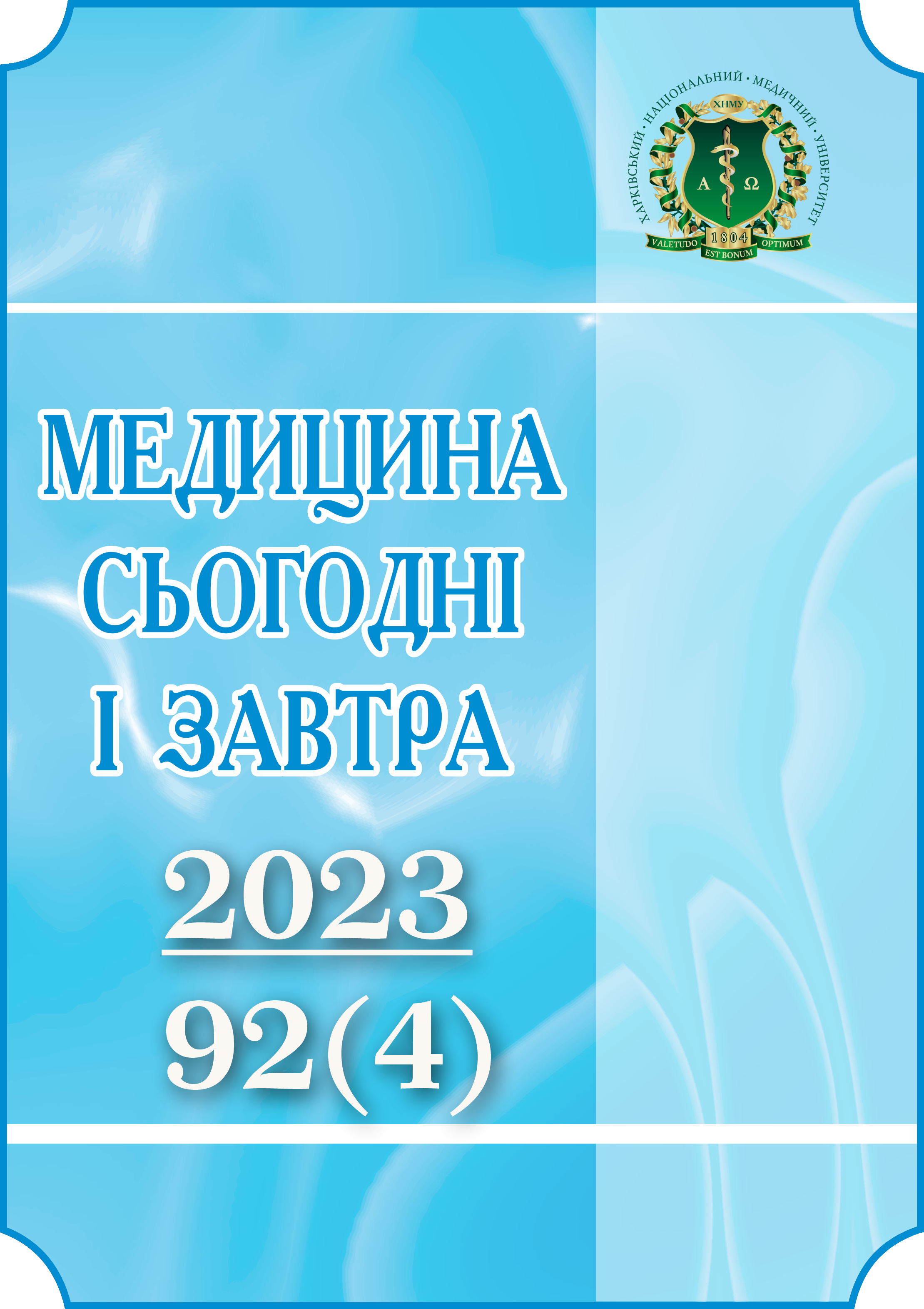Abstract
Liver damage in a patient can precede the prescribing of antibiotics for the treatment of an infectious disease, may occur during their use or after their discontinuation. Liver damage before the start of treatment limits the choice and affects the dosage of antimicrobial agents. The occurrence of liver damage during antimicrobial treatment or after discontinuation of antibiotics can be both a consequence of this intake and independent of treatment with antibacterial drugs. Diagnosis of such lesions requires the use of many clinical, laboratory and instrumental investigations. The key element of diagnosis is the determination of the biochemical variant of liver damage, which makes it possible to plan the sequence of differential diagnosis. In case of suspicion of drug-induced damage to the liver, it is necessary to stop taking immediately the drugs that allegedly caused it. The next step is finding out the connection between the use of the antibiotic and the occurrence of the disease, taking into account the data of the literature regarding this possibility. Then it is necessary to estimate compatibility in time between the start of the use of drugs and the appearance of signs of liver damage, to assess the severity of the injury and, if possible, to prescribe appropriate medicines. There are several methods to assess causality between drugs and liver injury with RUCAM on the head. LiverTox is a well-known database on medicines, which are capable to cause liver damage. Antimicrobial agents belong to the most frequent causes of drug-induced liver injury. Most of such injuries are idiosyncratic. There was used a clinical example of possible drug-induced liver damage to illustrate decisions and difficulties in proving the etiological role of an antibiotic in a case, when liver damage arose during management of a patient with community-acquired pneumonia. This article is a clinical lecture.
Keywords: toxic action, biochemical variant, antimicrobials.
References
Bereznyakov IG, Sydorov DYu. Antibiotics and liver injury: diagnostics, treatment, prophylaxis. Drugs of Ukraine. 2018;8:21-8. DOI: 10.37987/1997-9894.2018.8(224).199826.
Williams R, Ashton K, Aspinall R, Bellis MA, Bosanquet J, Cramp ME, et al. Implementation of the Lancet Standing Commission on Liver Disease in the UK. Lancet. 2015;386:2098-111. DOI: 10.1016/S0140-6736(15)00680-7. PMID: 26700394.
SchreinerAD, RockeyDC. Evaluation of abnormal liver tests in the adult asymptomatic patient. Curr. Opin. Gastroenterol. 2018;34:272-9. DOI: 10.1097/MOG.0000000000000447. PMID: 29697467.
Newsome PN, Cramb R, Davison SM, Dillon JF, Foulerton M, Godfrey EM, et al. Guidelines on the management of abnormal liver blood tests. Gut. 2018;67:6-19. DOI: 10.1136/gutjnl-2017-314924. PMID: 29122851.
Drug-induced liver injury (DILI): current status and future directions for drug development and the post-market setting. A consensus by a CIOMS Working Group. Geneva, Switzerland: Council for International Organizations of Medical Sciences (CIOMS); 2020. 160 p. Available at: https://cioms.ch/wp-content/uploads/2020/06/CIOMS_DILI_Web_16Jun2020.pdf
EASL Clinical Practice Guidelines: Drug-induced liver injury. J. Hepatol. 2019;70:1222-61. DOI: 10.1016/j.jhep.2019.02.014. PMID: 30926241.
Erlinger S, Arias IM, Dhumeaux D. Inherited disorders of bilirubin transport and conjugation: new insights into molecular mechanisms and consequences. Gastroenterology 2014;146:1625-38. DOI: 10.1053/j.gastro.2014.03.047. PMID: 24704527.
Lucena MI, Sanabria J, Garcia-Cortes M, Stephens C, Andrade RJ. Drug-induced liver injury in older people. Lancet Gastroenterol. Hepatol. 2020;5:862-74. DOI: 10.1016/S2468-1253(20)30006-6. PMID: 32818465.
Chalasani NP, Maddur H, Russo MW, Wong RJ, Reddy KR; Practice Parameters Committee of the American College of Gastroenterology. ACG clinical guideline: diagnosis and management of idiosyncratic drug-induced liver injury. Am. J. Gastroenterol. 2021;116:878-98. DOI: 10.14309/ajg.0000000000001259. PMID: 33929376.
Joint Task Force on Practice Parameters; American Academy of Allergy, Asthma and Immunology; American College of Allergy, Asthma and Immunology; Joint Council of Allergy, Asthma and Immunology. Drug allergy: an updated practice parameter. Ann. Allergy Asthma Immunol. 2010;105:259-73. DOI: 10.1016/j.anai.2010.08.002. PMID: 20934625.
Bjornsson ES, Hoofnagle JH. Categorization of drugs implicated in causing liver injury: critical assessment based on published case reports. Hepatology 2016;63:590-603. DOI: 10.1002/hep.28323. PMID: 26517184.
Sgro C, Clinard F, Ouazir K, Chanay H, Allard C, Guilleminet C, et al. Incidence of drug-induced hepatic injuries: a French population-based study. Hepatology. 2002;36:451-5. DOI: 10.1053/jhep.2002.34857. PMID: 12143055.
Bjornsson ES, Bergmann OM, Bjornsson HK, Kvaran RB, Olafsson S. Incidence, presentation, and outcomes in patients with drug-induced liver injury in the general population of Iceland. Gastroenterology. 2013;144:1419-25. DOI: 10.1053/j.gastro.2013.02.006. PMID: 23419359.
Vega M, Verma M, Beswick D, Bey S, Hossack J, Merriman N, et al.; Drug Induced Liver Injury Network (DILIN). The incidence of drug- and herbal and dietary supplement-induced liver injury: preliminary findings from gastroenterologist-based surveillance in the population of the state of Delaware. Drug Saf. 2017;40:783-7. DOI: 10.1007/s40264-017-0547-9. PMID: 28555362.
Bjornsson ES. Drug-induced liver injury due to antibiotics. Scand. J. Gastroenterol. 2017;52:617-23. DOI: 10.1080/00365521.2017.1291719. PMID: 28276834.
LiverTox. Clinical and Research Information on Drug-Induced Liver Injury [Internet]. National Library of Medicine. National Center for Biotechnology Information. [Last reviewed 12 Oct 2023; accessed 28 Oct 2023]. Available at: https://www.ncbi.nlm.nih.gov/books/NBK547852/
Bjornsson ES. Hepatotoxicity by drugs: the most common implicated agents. Int. J. Mol. Sci.2016;17:224. DOI: 10.3390/ijms17020224. PMID: 26861310.
Rosenberg JJ, Higley C, Shabazi S, Lewis JH. Selected highlights and controversies of drug-induced liver injury from the recent literature. World J Gastroenterol Hepatol Endosc. 2020;1:1-16.
Danan G, Teschke R. RUCAM in drug and herb induced liver injury: the update. Int. J. Mol. Sci. 2016;17:14. DOI: 10.3390/ijms17010014. PMID: 26712744.
Andrade RJ, Chalasani N, Bjornsson ES, Suzuki A, Kullak-Ublick GA, Watkins PB, et al. Drug-induced liver injury. Nat. Rev. Dis. Primers. 2019;5:58. DOI: 10.1038/s41572-019-0105-0. PMID: 31439850.
Aithal GP, Watkins PB, Andrade RJ, Larrey D, Molokhia M, Takikawa H, et al. Case definition and phenotype standardization in drug‐induced liver injury. Clin. Pharmacol. Ther. 2011;89:806-15. DOI: 10.1038/clpt.2011.58. PMID: 21544079.

This work is licensed under a Creative Commons Attribution-NonCommercial-ShareAlike 4.0 International License.

